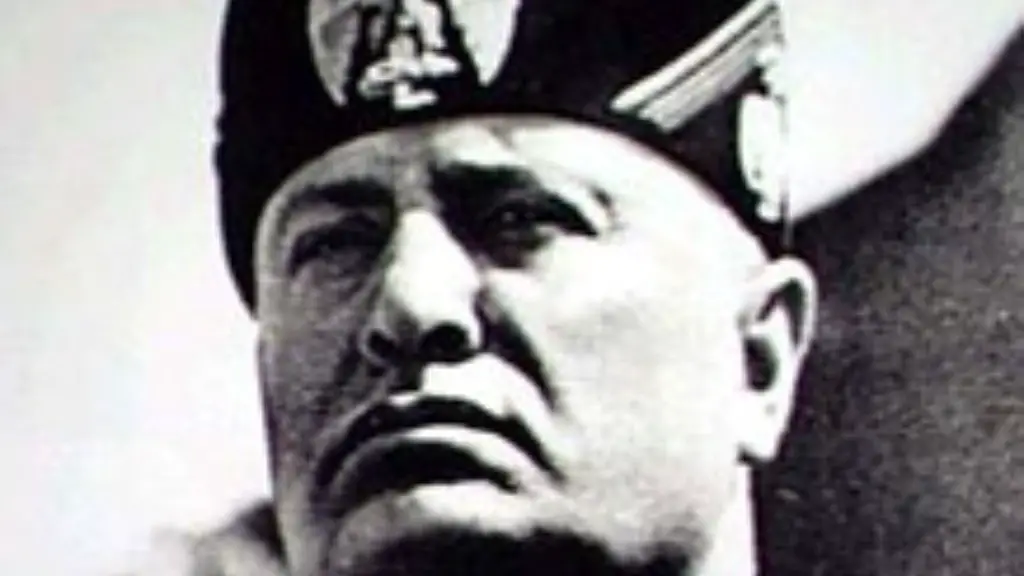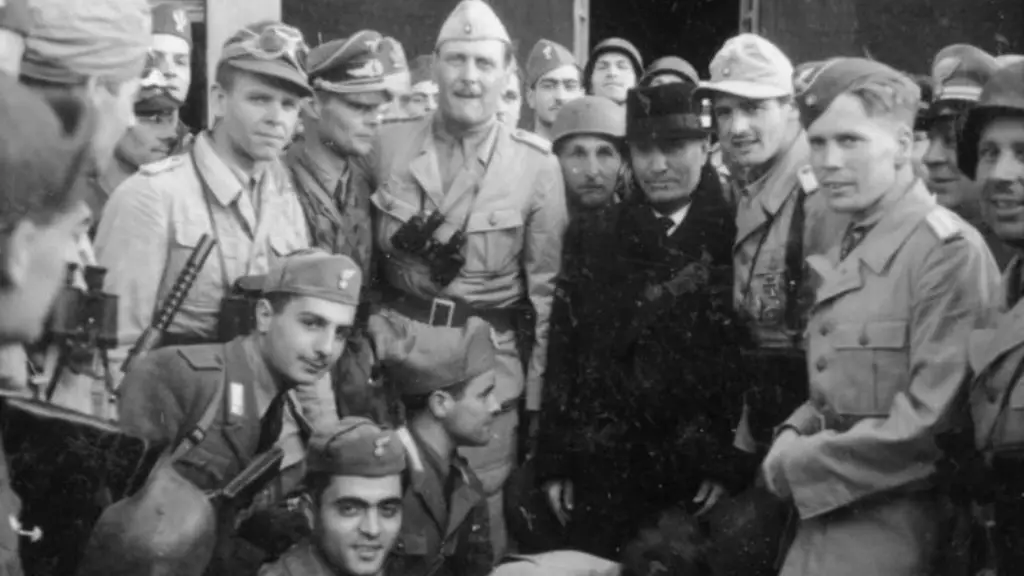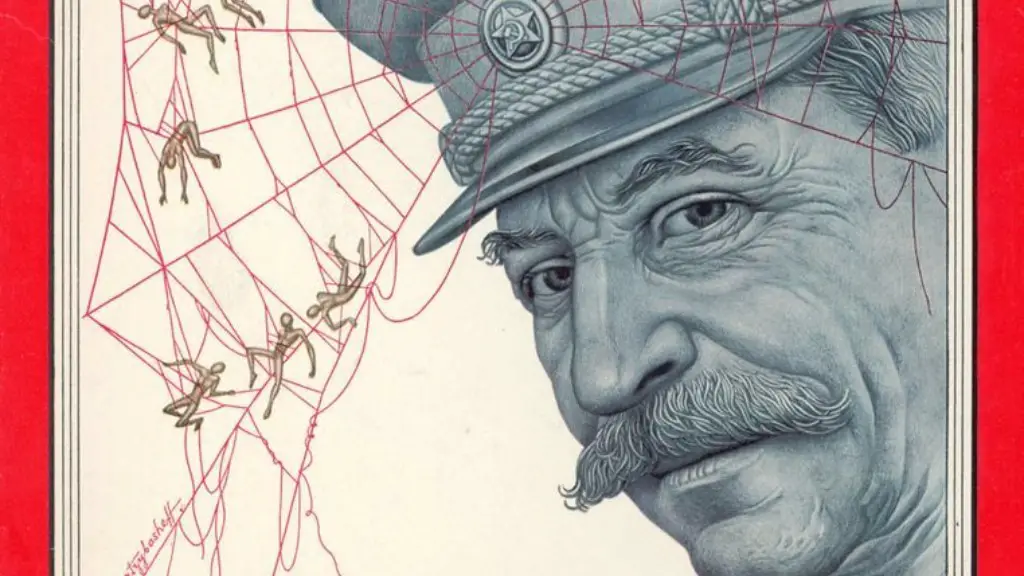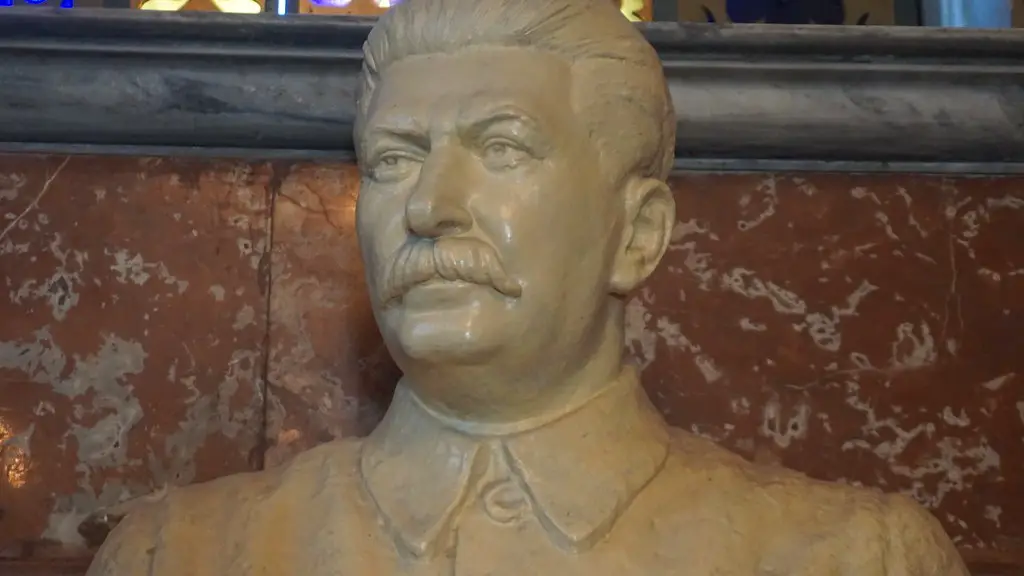Benito Mussolini was an Italian dictator who led the National Fascist Party. He ruled Italy as Prime Minister from 1922 to 1943. Mussolini was one of the key figures in the creation of fascism.
Benito Mussolini was an Italian political leader who ruled the country as a dictator from 1922 to 1943. He was a key figure in the creation of fascism, a political ideology that stressed nationalism, national unity, and aggressive expansionism. Mussolini was also a leading figure in the Axis Powers, a coalition of countries that fought against the Allied Powers in World War II.
What is Benito Mussolini known for?
Benito Mussolini was an Italian nationalist and the founder of Italian Fascism. He ruled Italy from 1922–1925 as Prime Minister, and from 1925–1943 as il Duce, the Fascist dictator. Mussolini’s Fascist takeover of Italy was an inspiration and example for Adolf Hitler and the Nazi Party in Germany.
1. Mussolini had a penchant for violence even as a youth.
2. Mussolini was a socialist before becoming a fascist.
3. Italy’s leaders never called on the military to stop Mussolini’s insurrection.
4. Contrary to popular belief, Mussolini did not take power in a coup.
5. Mussolini was not a popular figure in Italy during the early years of his regime.
6. Mussolini was an ally of Adolf Hitler during World War II.
7. Mussolini was captured and executed by Italian partisans in 1945.
8. Mussolini’s body was hung upside down in a public square in Milan.
9. Mussolini’s grandson, Romano, is a successful businessman and politician in Italy.
What was Mussolini’s main goal for Italy
Mussolini’s goal was to establish himself as a dictator and gain control of the Italian government. To do this, he constructed the Italian parliament in a way that would benefit the fascists. He also established key elements of the totalitarian state, such as secret police and propaganda, to control the population.
Fascism is a political ideology that rose to prominence in Europe before World War II. Fascism is characterized by a strong central government that controls the lives of its people and does not tolerate dissent or opposition. Fascism typically results in a dictatorship, which is often hostile to democracy and individual rights.
What caused Mussolini to fall?
The final collapse of fascism in Italy was set off by the allied military victories and the open rebellion of the people. Among the latter, the strikes of industrial workers in Nazi-controlled northern Italy led the way. This ultimately led to the overthrow of Mussolini and the end of fascism in Italy.
Before World War II, Mussolini’s fascist state was very popular. His charismatic style of leadership convinced many people that Italy was on a path to greatness. However, after the war started, public opinion quickly changed. Mussolini’s aggressive foreign policy and alliances with Nazi Germany led to Italy’s defeat, and his regime was overthrown.
How did Mussolini gain so much power?
In 1922, Mussolini led a coalition of fascist leaders to Rome and forced the king to yield the government. Mussolini was appointed prime minister. By 1925, he had dismantled Italy’s democratic government and, acting as a dictator, declared himself Il Duce (“The Leader”).
While both communism and fascism advocate for a classless society, they differ in how this is achieved. Communism is based on a theory of economic equality and advocates for a classless society through government control of the economy. Fascism, on the other hand, is a nationalistic, top-down system with rigid class roles that is ruled by an all-powerful dictator.
What is an example of fascism
The Nazis were a political party in Germany during the early to mid-20th century. They were led by Adolf Hitler and espoused a form of fascism that incorporated fervent antisemitism, anti-communism, scientific racism, and the use of eugenics into its creed. The party’s explicit goal was the eventual extermination of the Jewish people, which they attempted to accomplish through a variety of means, including segregation, forced labor, and mass murder. Ultimately, Hitler’s Third Reich was defeated by the Allies in World War II, and the Nazi Party was largely dismantled in the aftermath. However, the party’s legacy continues to this day, both in the form of neo-Nazi groups who espouse similar ideals, and in the form of the term “Nazi” itself, which is now used as a derogatory slur.
Mussolini was a controversial leader of Italy, with many strengths and weaknesses. He was very successful in his consolidation of power, his use of propaganda, and in mending relations with the Catholic church. However, areas in which he was weak were his ill-thought out economic policies, his foreign policy, and his Nazi relations. These areas ultimately led to his downfall.
What are the three rules of fascism?
Fascism, according to Roger Griffin, is a collectivist ideology that aims to create a new, utopian society. To do this, it relies on three core components: the rebirth myth, populist ultra-nationalism, and the myth of decadence.
The rebirth myth posit that society is in a state of decline and that only a radical new order can save it. This new order will be built on the backs of a strong, unified nation that is led by a heroic leader.
Populist ultra-nationalism is the belief that the nation is the only true source of power and that strong, centralized government is needed to protect and promote it.
The myth of decadence holds that society is being corrupted by moral and spiritual decay. This can only be reversed by a return to traditional values and a purge of all those who are tainted by modernity.
Fascism is a dictatorial form of political ideology, while socialism is an ideology where individuals of a society own the means of production. A fascist ruler wields supreme power and authority over a country, while rulers of socialist nations distribute power and authority among the states.
Is fascism same as dictatorship
Fascism is typically characterized by extreme nationalism, militarism, centralized autocracy, and a dictatorial leader. While there are some similarities between fascism and dictatorship, they are not the same thing. A dictatorship is a form of government where one person or a group of persons possess absolute power.
The United States and Italy were technically at war for almost a year before Italy’s formal declaration, as the U.S. had been providing material support to the United Kingdom and other Allied nations in their fight against Italy and Germany since June 1940. However, Italy’s belated declaration of war did not significantly change the course of the war in the European or Mediterranean theaters.
Why did Italy switch sides in ww2?
Italy joined Japan and Germany in order to get its territories back because it felt that it was unjustly treated in the Treaty of Versailles. Italy wanted to gain the territory of Turkey and Africa, but it didn’t get what it wanted at the end of World War I.
Fascism was a political movement that arose in Italy in the early 1920s. The movement claimed to represent a new form of government that would bring about a better society for all Italians. Fascism outwardly transformed Italian society, as evident in the creation of a one-party state, which claimed to penetrate all facets of life, whether the economy, education, leisure pursuits, or the family and private life. Fascism also led to the development of a new youth movement, the Italian Socialist Youth Movement (ISYM), which promoted Italian nationalist values and sought to instill a sense of loyalty to the state among Italy’s youth.
Who was founder of fascism
Giovanni Gentile was an Italian teacher, philosopher, and politician. He is best known for his work on the philosophy of Fascism, and his signature work, the “Gentile Reform” of the Italian educational system.
The Lateran Treaty was a concordat between the Catholic Church and the Kingdom of Italy, which recognized the sovereignty of the Holy See (the Pope) over the tiny state of the Vatican City. The treaty was signed in 1929 by Prime Minister Benito Mussolini on behalf of King Victor Emmanuel III, and by Cardinal Pietro Gasparri for Pope Pius XI.
The Lateran Treaty essentially ended the “Roman Question” which had been a significant source of tension between the Italian government and the Papacy for close to sixty years. It also recognized Catholicism as the official religion of Italy and gave the Catholic Church a role in state education. Finally, the treaty ensured that the Pope would never again be exiled from Rome as he had been during the period of Italian unification in the 1860s.
Warp Up
Benito Mussolini was an Italian dictator who ruled from 1922 to 1943. He was a leader of the National Fascist Party and founded the Italian Empire.
Benito Mussolini was a political leader in Italy who rose to power in the early 1920s. He was a controversial figure and his regime was marked by totalitarianism and violence. Ultimately, Mussolini was overthrown in 1945 and he was executed by Italian partisans.





